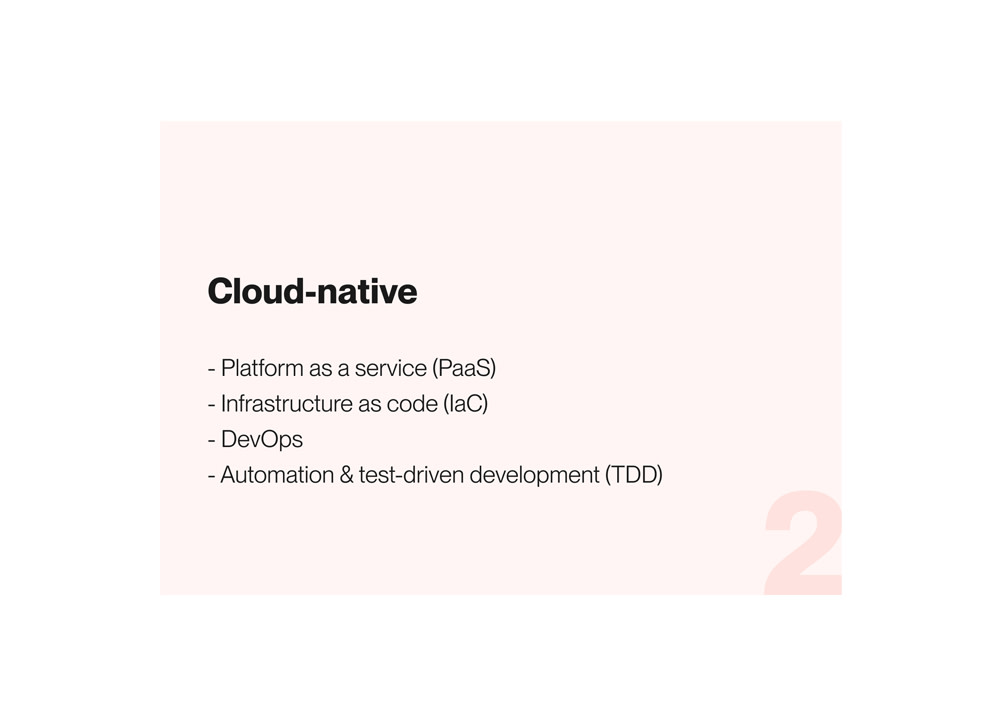Define your operating model
Your cloud operating model is a high-level representation of how your organization will deliver your cloud strategy.
We have the skills and experience to implement all three models:
Public cloud: Shared cloud services from external providers
Private cloud: Private cloud services for one organization
Hybrid cloud: A combination of public and private cloud services
All models cover key services: IaaS, PaaS, SaaS, and serverless computing.
Your operating model defines how your organization delivers value through cloud services. It defines the operational procedures that align with your business, culture, and technology strategies. A successful cloud operating model integrates automation, optimization, and adaptation to cloud characteristics – influencing your entire organization and its organizational culture.
A cloud operating model comprises three core elements:
Container considerations
Containers are a key technology component worth implementing. Containers are lightweight software packages that can run anywhere. Easy virtualization of the operation system with maximum portability across different environments means they can run on private data centers, public clouds, virtual machines, physical servers, or developers’ personal laptops. They also support easy interoperability between Linux, Windows, and Mac operating systems.
Containers can support a cloud operating model by providing a consistent and portable environment for applications. A containerization approach facilitates rapid deployment and scalability, making it ideal for cloud-native applications. Containers can also be used to modernize existing applications by breaking them down into smaller, more manageable components.






